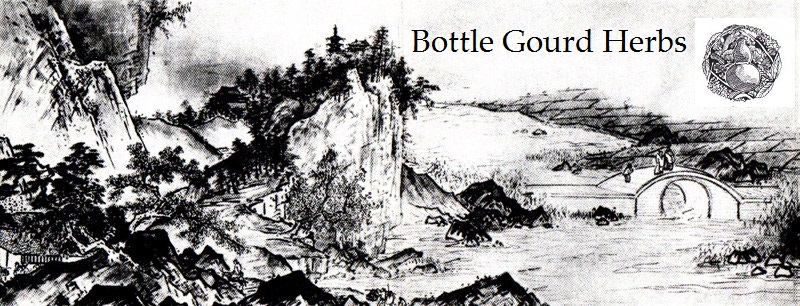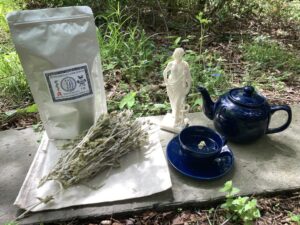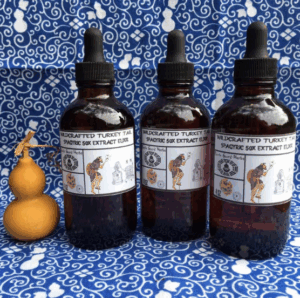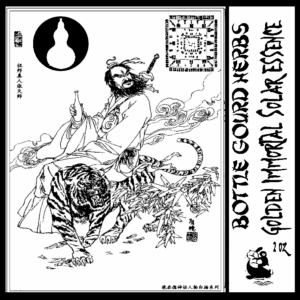These and a flurry of rare herbs are sourced by the lingering Daoist hermits of the sacred mountains, that come down from the village and sell their medicine and herbs for a little oil, some tea, perhaps some blankets. This is a premier tonic herb, and part of our assembling for a push towards a coming fasting retreat and bigu practice that will begin on the winter solstice. This is the perfect time of year to begin to detox and prepare the organs, the mind training, and generating the heat for the inner practices. The cold is a great time for deep training, deep woodland elixir retreats and tea in the dense forests. This is a tonic herb that is absolutely essential in every Daoist tradition. It can be called Coptis chinensis or also Coptis teeta or Huang lian or Goldenthread. The Rhizome is used extensively in TCM for digestive complaints and there are publications indicating its success in Chrone’s disease, UC, and other digestive disordersThis is indicative of why it may be useful to the Daoist who is purging and perhaps inflaming his guts with certain substances. The adept Feng Heng “loved the Dao” from his youth ingested coptis root for over fifty years. He then entered Rat Mountain and ingested “liquid silver.” This indicates its use in preliminary regimens before the “higher elixirs” were introduced. IT is used in many formula. As one of articles of tribute in Ming and Qing Dynasties, this herb has a long history of treating illness. Actually coptis is a household name because there are tons of famous herbal formulas that contain this ingredient. As far as Shang Han Lun (On Cold Damage) is concerned, there are 12 prescriptions containing coptis, which accounts for about 10% of total number of this book. This book was introduced to Korea, Japan, and countries in Southeast Asia in Tang Dynasty and, more importantly, these formulas are still frequently put to use by the doctors of traditional Chinese medicine in these places. What’s more, according to the statistics there are as many as more than 260 formulas included in Qian Jin Yao Fang (Thousand Golden Essential Prescriptions) and Wai Tai Mi Yao (The Secret Medical Essentials of a Provincial Governor). It is thus clear that how widely this herb is used medicinally. So far, there are various coptis preparations available on the market, such as coptis chinensis root extract, tea, oil, tablets, teapills, ointment, cream, supplement, tincture, capsules, etc. And these products are mainly used for lyme, diabetes, insomnia, endometriosis, acne, weight loss, and so on. And here is its pharmacology to justify its health benefits.
All the above statements have not been evaluated by the Food and Drug administration. This product is not intended to diagnose, treat, cure, or prevent any disease. All the above statements have not been evaluated by the Food and Drug administration. This product is not intended to diagnose, treat, cure, or prevent any disease





 Adding...
Adding...